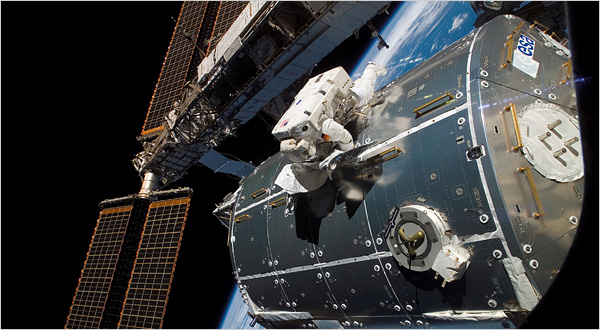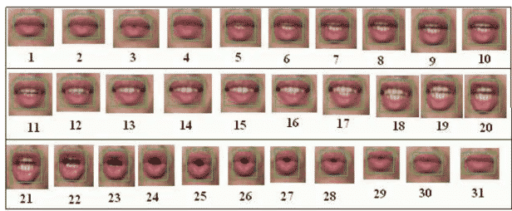2011 will be another tumultuous year for the National Aeronautics and Space Administration.NASA’s Messenger spacecraft will finally pull into orbit around Mercury and a rover the size of an S.U.V. is expected to land on Mars and NASA is looking closer to Mercury and Mars…..
In space, though, NASA will have a less contentious time pursuing its science missions.Planetary scientists will finally get their first extended look at Mercury. After a trip of six and a half years through the inner solar system, NASA’s Messenger spacecraft will finally pull into orbit around Mercury on March 18.The spacecraft has zoomed past Mercury three times, its camera photographing about 98 percent of the surface. Its other instruments have collected intriguing data regarding the magnetic field and the tenuous atmosphere of molecules that are blasted off the planet’s surface by the Sun’s radiation.
But each of those fly-bys lasted just hours, while the orbital phase of the mission will go on for at least a year. That will allow Messenger to gather enough data to identify elements and minerals in the rocks on Mercury and to observe changes in the atmosphere and magnetic fields as the Sun’s 11-year sunspot cycle emerges from its quiet period.Most intriguing is what Messenger will find when it peers into craters near Mercury’s poles. The day side of Mercury reaches 800 degrees Fahrenheit, but within the shadows of the polar craters, where the Sun never shines, temperatures are thought to be around minus 300 degrees.That means there could be large deposits of water ice on Mercury. Radar measurements from Earth have already given suggestions of water, but some scientists believe that the deposits could instead be sulfur or silicates, which could produce the same radar results.
On the space shuttle front, NASA hopes to launch Discovery for a final time at the end of this month, carrying supplies to the International Space Station. In February, the shuttle Endeavour is scheduled to make the same trip, bringing up the final piece of the station, a particle physics experiment known as the Alpha Magnetic Spectrometer. And then, finally, the space station, already occupied for a decade, will be complete.At that point, the six people living there will be able to focus more on what is to be the primary mission for the next decade: a zero-gravity science laboratory. So far, experiments on the station have produced a stream of interesting but not Earth-shaking results, and many scientists criticize the $100 billion cost as money that could have been better spent on research on Earth.
The vigil continues for the Spirit, the rover that may already be dead. Trapped in sand, it fell silent this year when its solar panels could no longer produce enough electricity as the Martian winter approached and days shortened. The Spirit will probably never move again, but could still prove valuable as a stationary science outpost.The hope is that the rover was able to conserve enough energy to keep its heaters running and that, as the days lengthen again, it will revive and get back in touch with Earth.
If the Spirit is still silent come March and April, when its solar panels should be producing the greatest amount of energy, then hope will start fading. Still, the mission has already been a remarkable success for a machine that was designed to last only three months.Meanwhile, the other rover currently on Mars, the Opportunity, should be nearing its next destination, a huge crater named Endeavour, by the end of next year. It has been on a three-year drive covering about a dozen miles.
NASA’s next Mars rover, Curiosity, is to blast off late in 2011. Technical difficulties during its development have delayed the launching for two years, but it is expected to get to Mars about eight months after liftoff, providing planetary scientists with the most detailed exploration to date of the Martian surface. The size and weight of a small S.U.V., Curiosity dwarfs the Opportunity and Spirit rovers. Its instruments include a laser that will vaporize pieces of rocks and then identify minerals from the colors in the resulting smoke.




